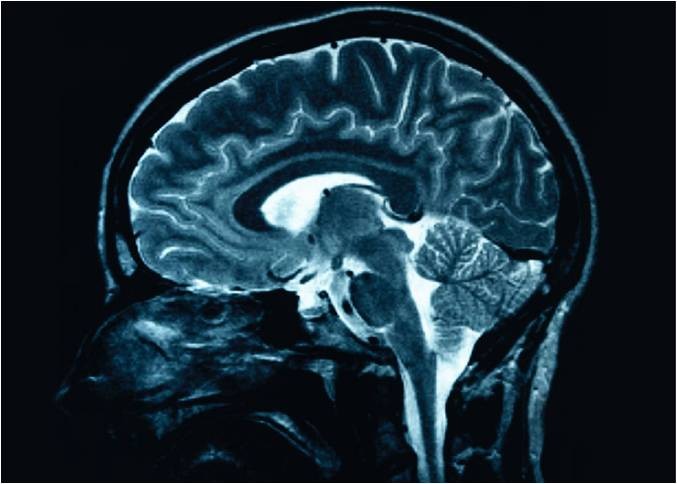A look at concussion protocol
Nov 6, 2014
According to the National Athletic Trainers Association (NATA), there are roughly 3.8 million sports-related concussions every year.
Any contact a person’s head has with another person or surface can cause a concussion as the brain is suddenly shifted in a different direction causing it to hit the skull. Sports medicine has made tremendous progress in the past few decades in diagnosing and treating injuries, but concussions are among the most difficult to recognize and treat.
Unlike other injuries that a player can sustain while in practice or in a game, the symptoms of a concussion do not always immediately appear. The effects of a concussion are different for every individual with both short and long-term effects. Dizziness, headaches, changes in mood or demeanor and difficulty concentrating are just some of the short-term effects following a concussion. Long-term effects can also accompany these short-term symptoms, such as a person becoming introverted or abnormally extroverted, or have less energy than they normally have following a concussion.
Katelyn Kuhl of the Grand Valley State University women’s rugby team suffered a concussion on Oct. 5 in a game against Kent State. While she said it mostly affected her balance and caused her to have headaches, she also found it hard to concentrate in school because any effort would just cause more physical or mental pain. Kuhl said it wasn’t until about a week-and-a-half ago that she stopped having headaches.
“I didn’t really think it was that serious so I wasn’t going to go the doctor even though I knew I probably had one,” Kuhl said. “The next morning I woke up with a splitting headache which I saw coming, but the scary part was when I tried to do my homework I had a really hard time reading. I could see the words but I just couldn’t process them.”
Her coach Abe Cohen is required by USA Rugby to have concussion testing and awareness through the National Federation of State High School Associations (NFHS) in order to be a certified coach.
For GVSU women’s hockey coach Darrell Gregorio, education and safety are top priority for his players.
“We have trainers at all our home games, but some schools we play do not,” Gregorio said, “We are lucky to have three seniors who are majoring in athletic training, and help police certain players in the game or at halftime.”
Players must be cleared by a doctor before returning to play and many steps are taken to ease the players into more intense drills as their symptoms disappear. Other coaches, like Mike Forbes of the men’s hockey team, make it a point to follow the procedures and policies set in place as well as listening to the recommendations of the athletic training staff.
GVSU has several resources in place to help educate and treat athletes who suffer a concussion. The Injury Care Clinic located in the Fieldhouse is where students and athletes can go to get evaluated for an injury or be treated for one. Athletic trainer Ethan Cunningham, who is in charge of caring for athletes at the clinic, earned his bachelor’s degree in athletic training from GVSU.
“Concussions happen all the time, but more commonly in sports that involve contact,” Cunningham said. “As of right now there is no golden way to avoid or prevent injuries besides avoiding contact.”
Cunningham also said that some helmet companies sell improved helmets that are designed to help prevent or lessen the impact to the brain or skull. But Cunningham said that isn’t always true.
“Physics is physics,” Cunningham said. “You cannot take a body in motion and add a helmet to it and expect it stop Newton’s first law of motion. The brain will stay in motion until it comes into contact with the skull.”























